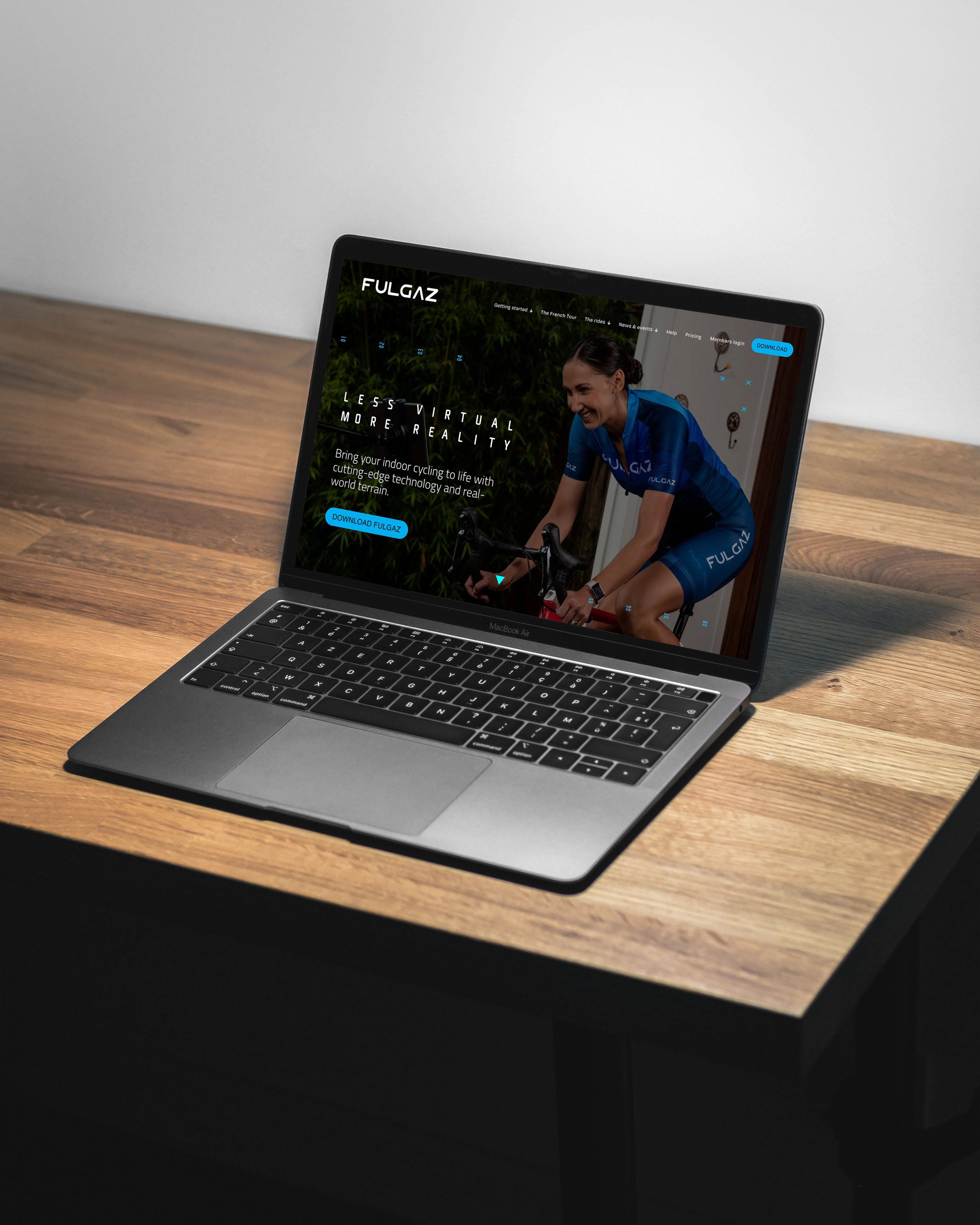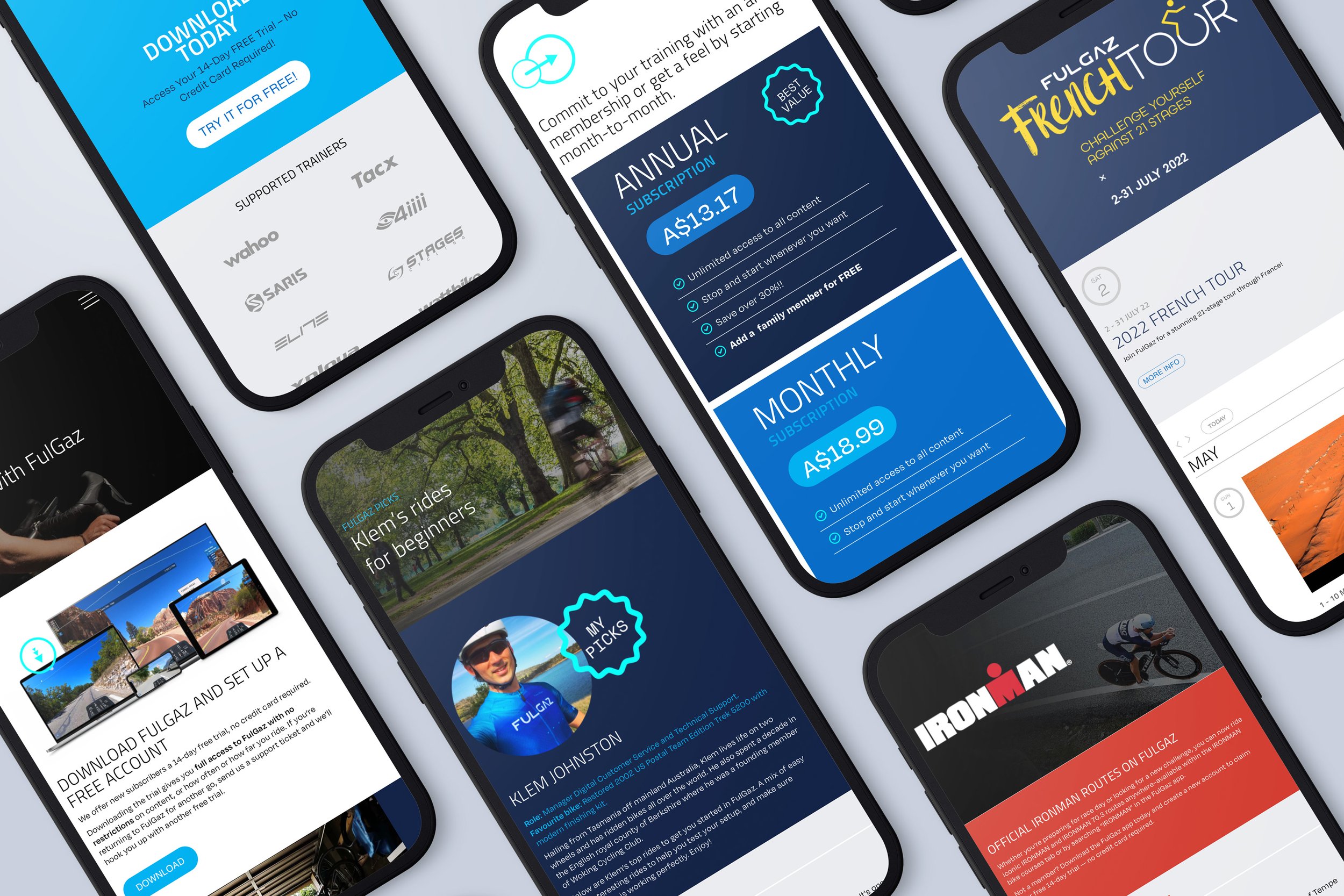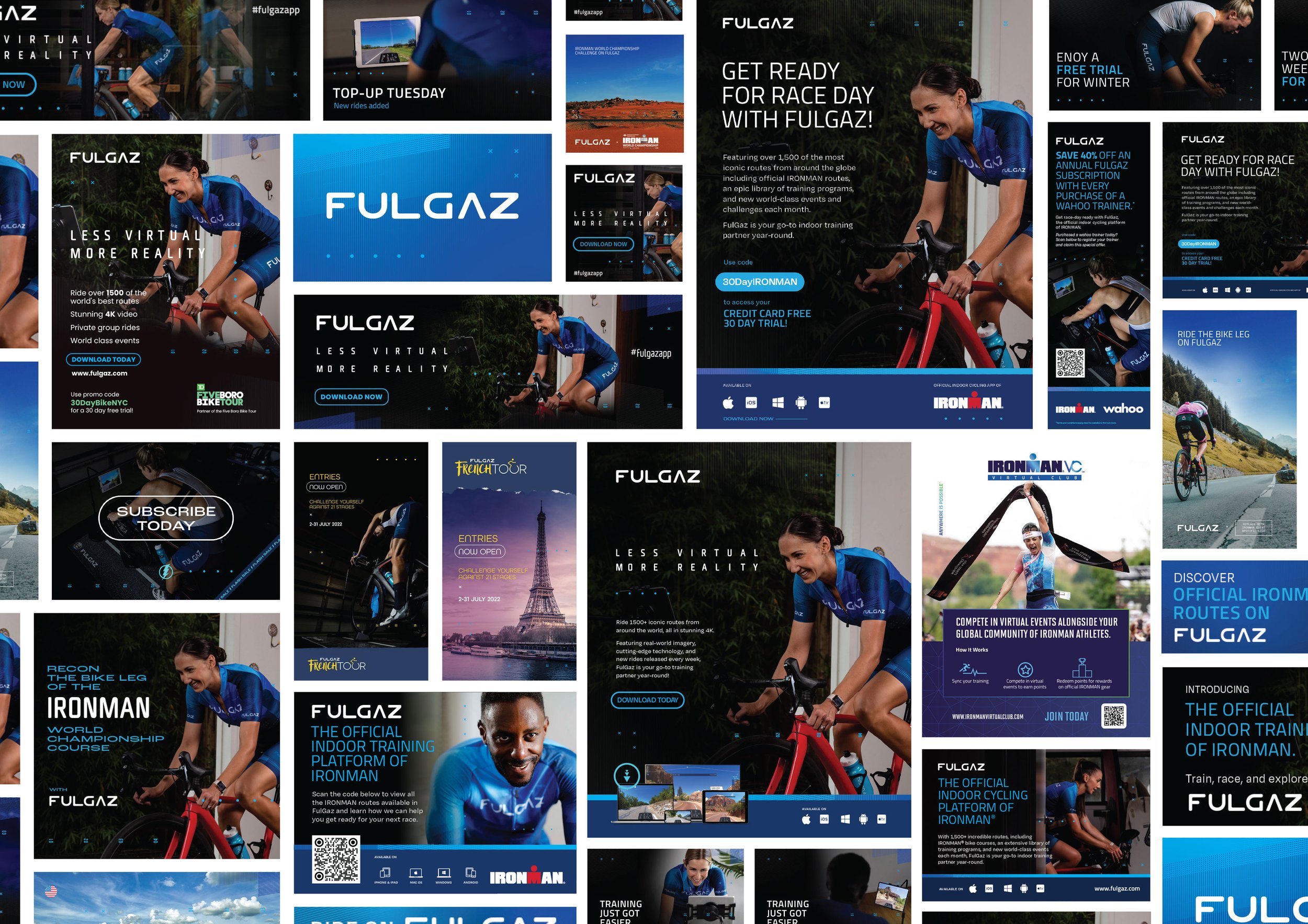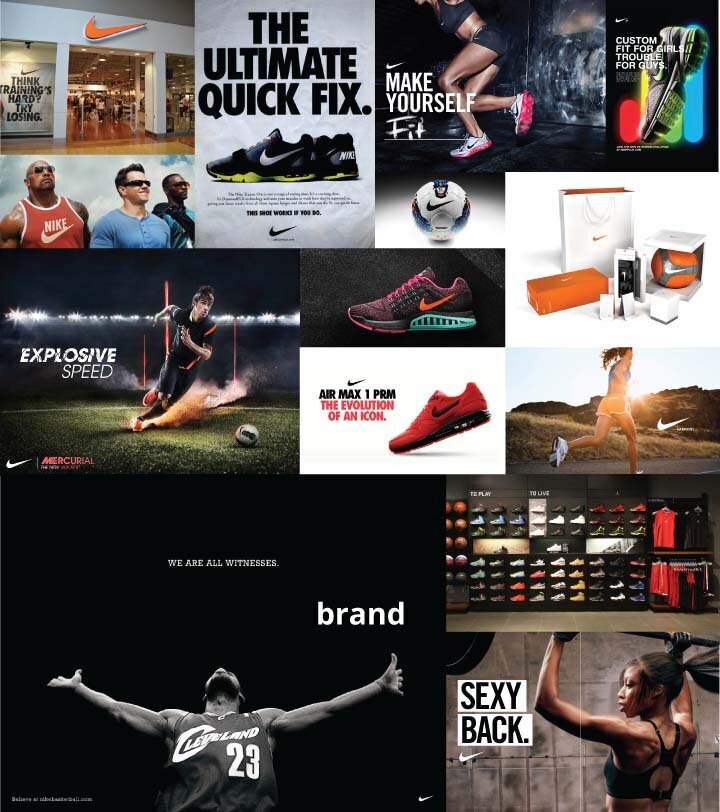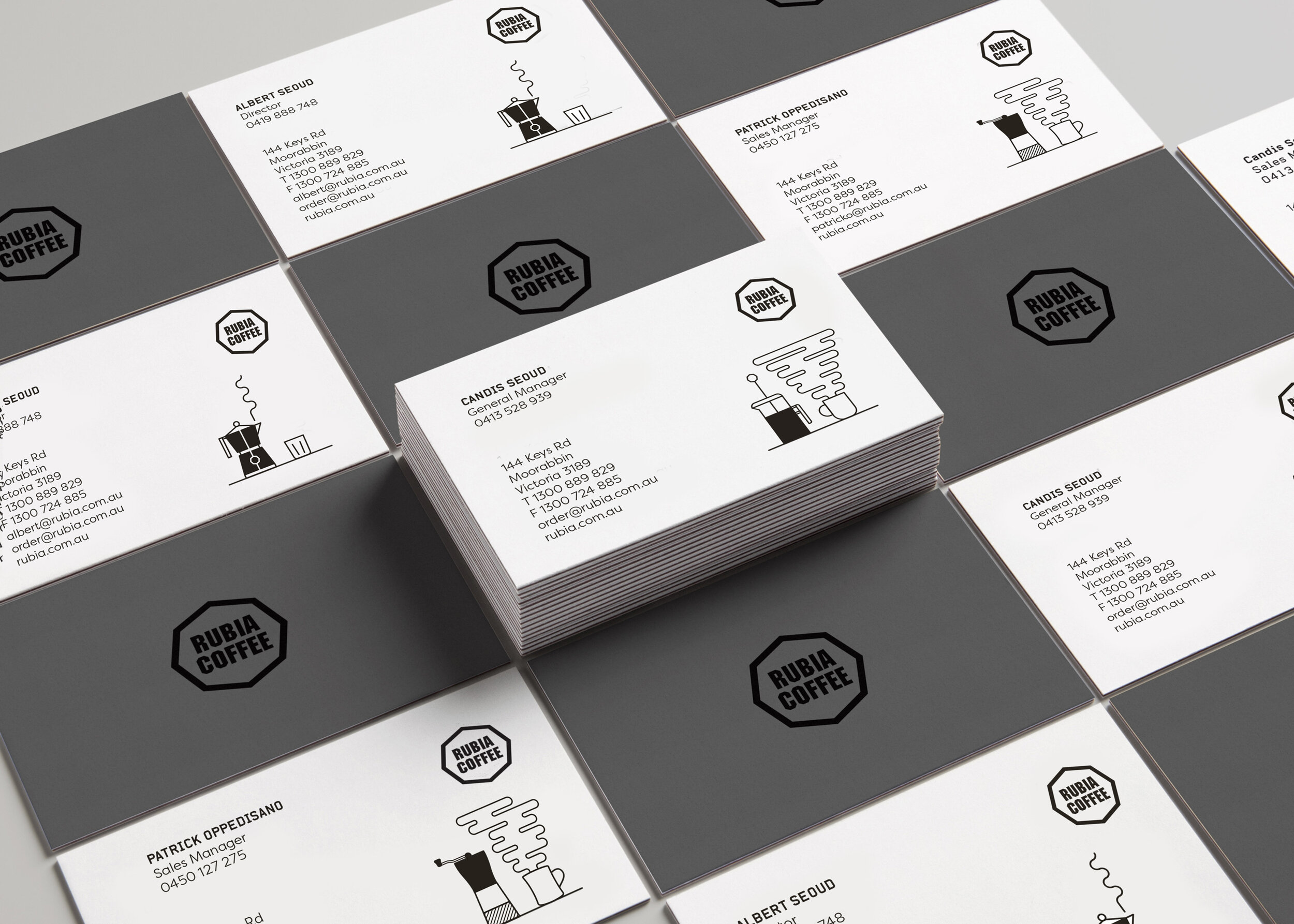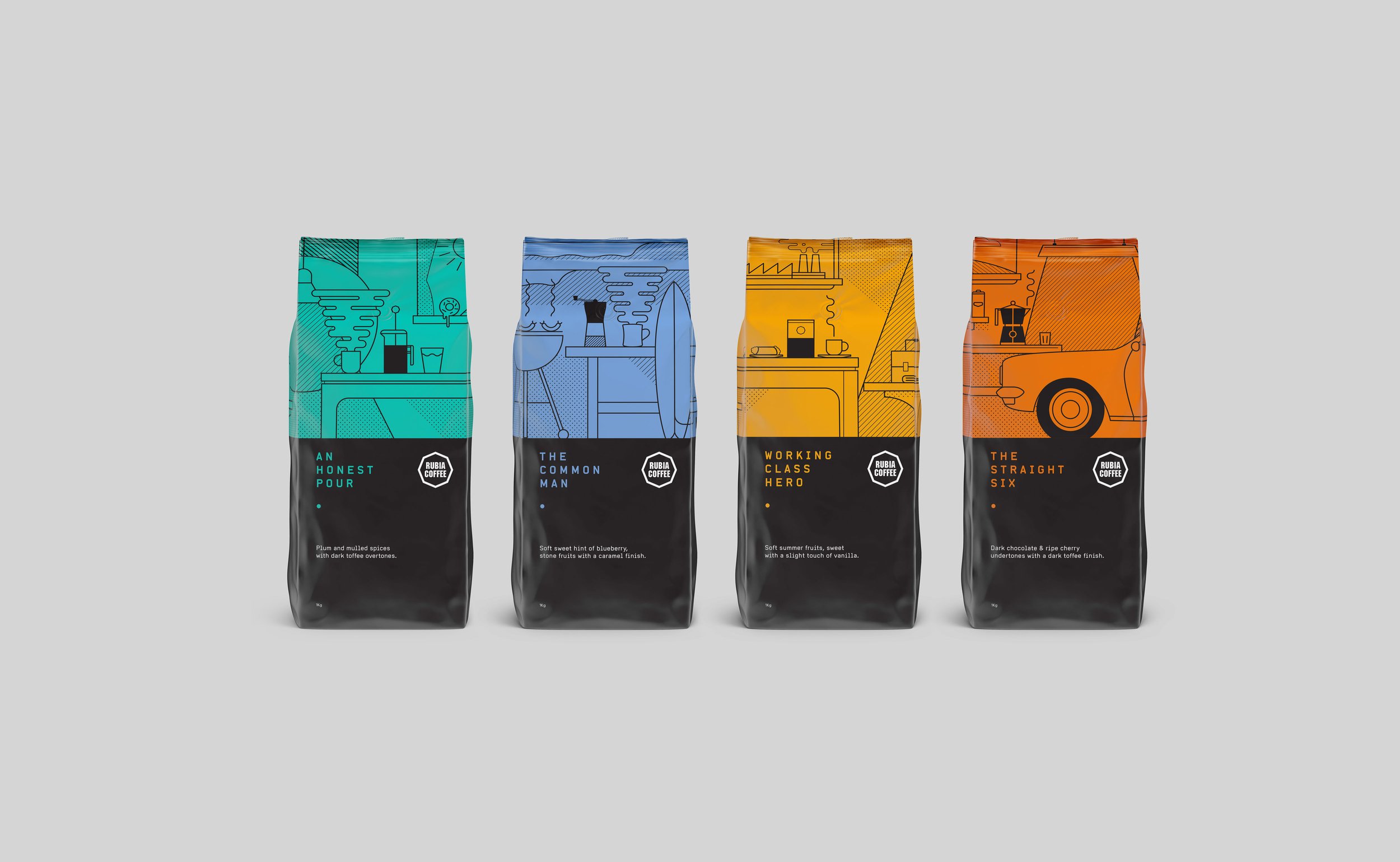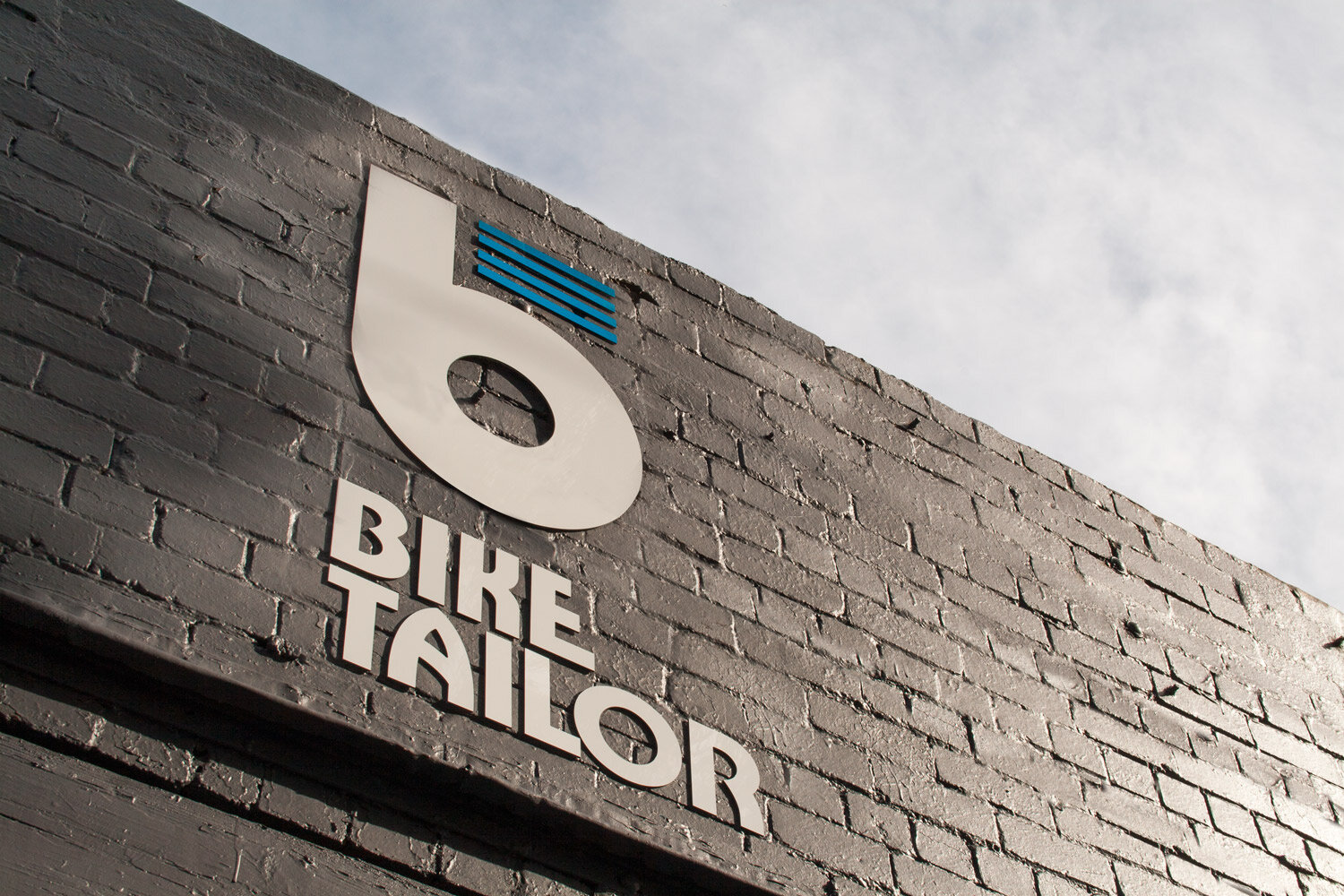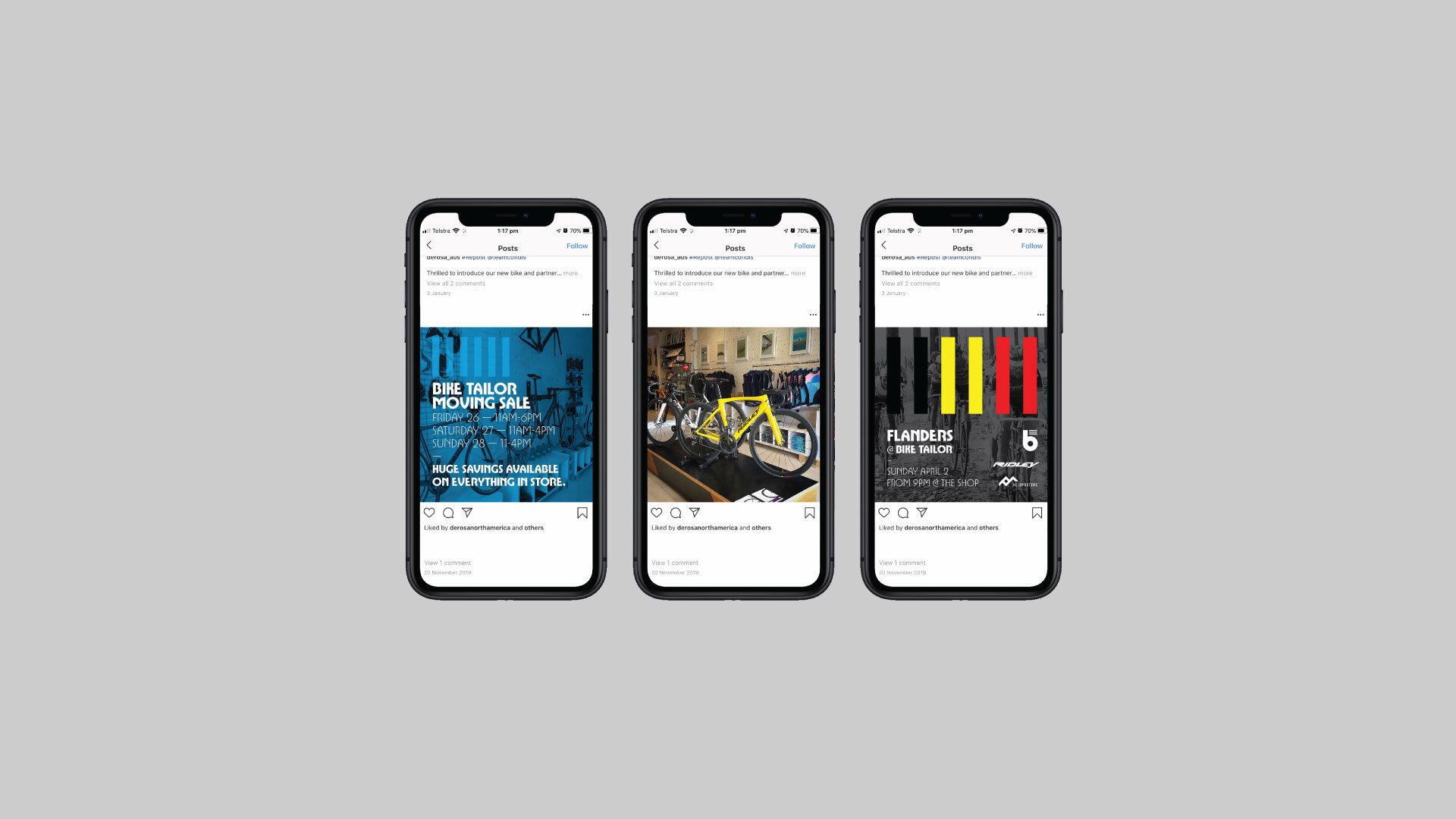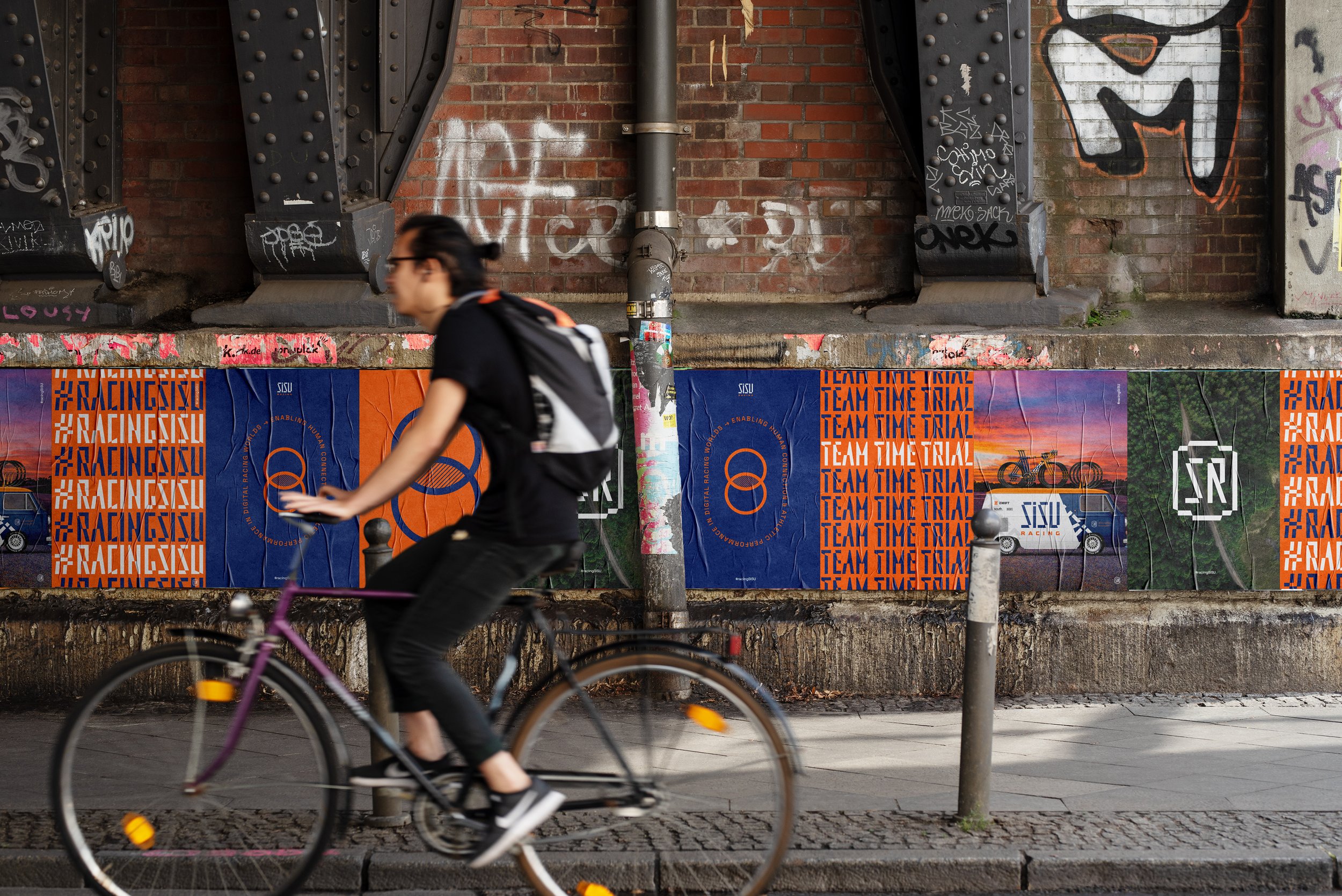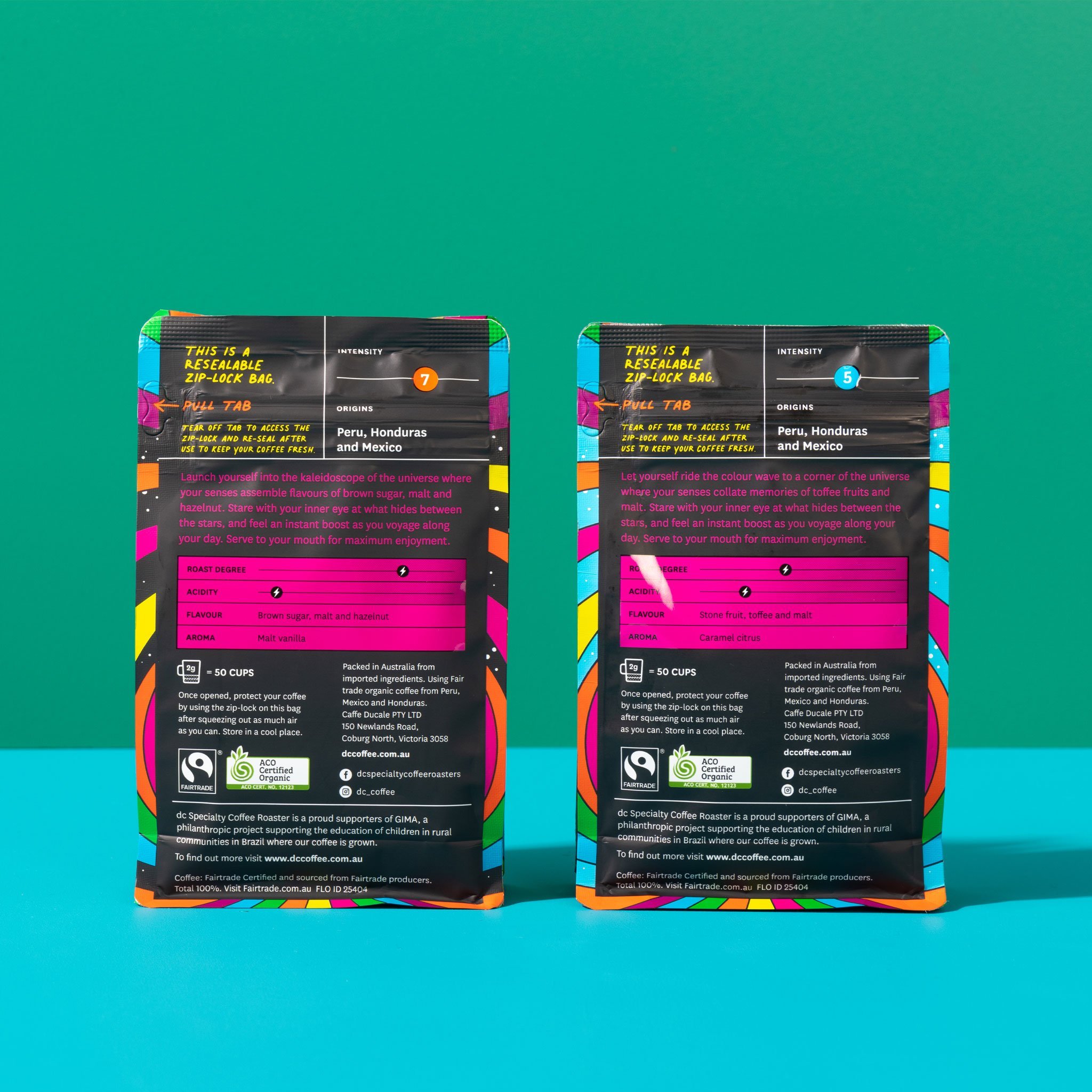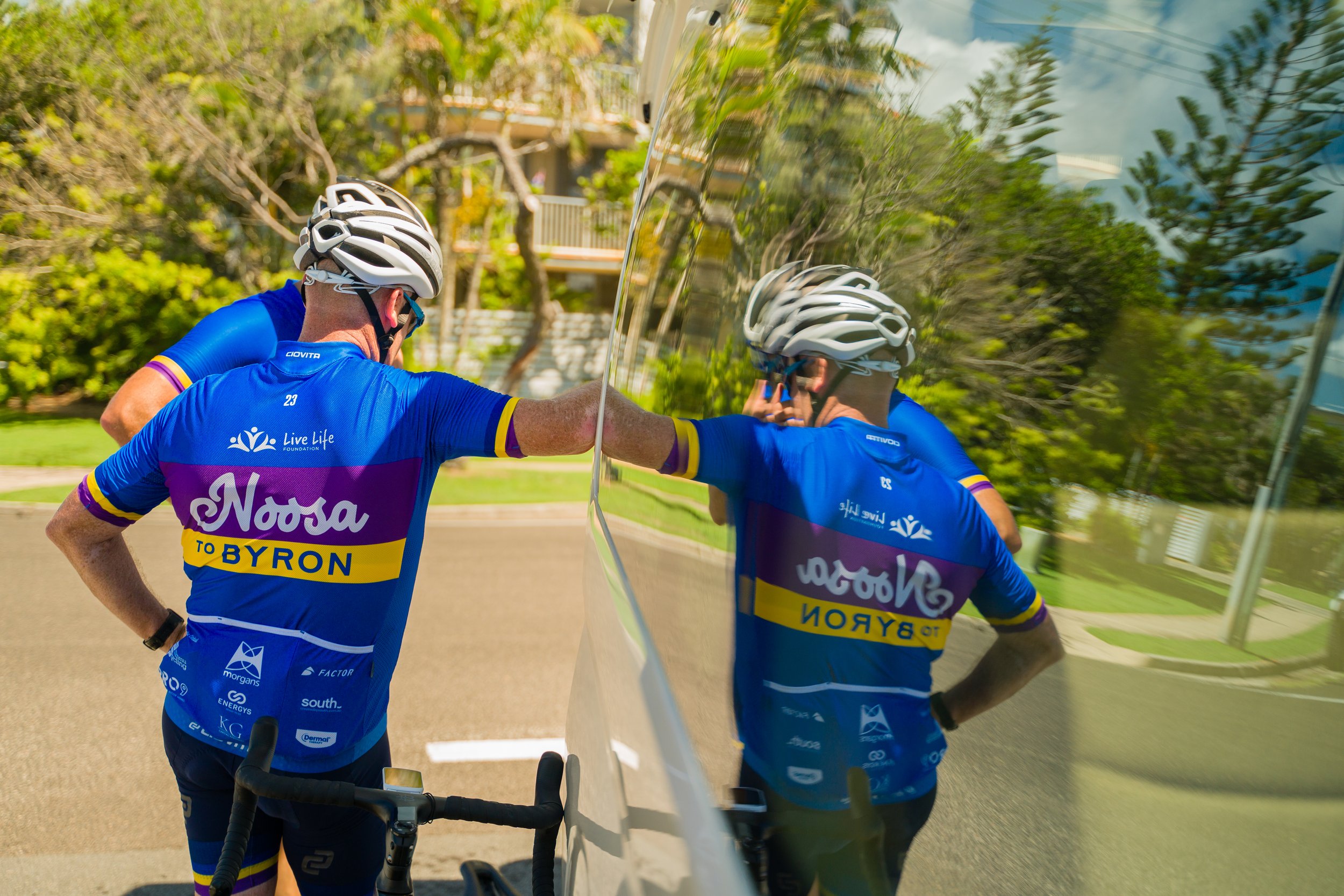The Sthsde Branding Design Process
Have a read about what the branding design process involves. Each project differs, but the building blocks are essentially the same.
It’s no secret, branding goes much further than just a logo or even a complex visual identity. Branding is about a story created by every customers’ interaction with your product, every experience they have, each emotion they feel, be it a physical object, digital product, service, show, or intangible awesomeness. Being a solid basis of effective marketing, branding requires a thoughtful and detailed approach. We talk about the branding design process from the perspective of our 20+ years of experience and the most relevant questions our clients ask when collaborating on branding or rebranding for their company, product, or service.
Here’s what we discuss:
What is branding?
What’s the difference between branding and logo?
When to start the branding design process?
What are the stages of the branding process?
What are identity guidelines and why are they needed?
What is Branding?
Branding is the emotional and experiential qualities that fuel perception and ideas that others share about a company. It is a consistent tone of voice or visual language that represents competitive advantages and the company’s position within the market. Colour, typography, additional graphics, photographic style, composition, essentially the look and feel of your product or business.
Branding
Logo
What’s the difference between branding and logo?
South is all about building and supporting strong brands. To better understand a brand’s potential, it’s important to understand the fundamental differences between a logo and brand identity.
Branding is the soul. Identity is the face.
Branding is every experience anyone has with your company, product, or service. It’s not only about your customer base. Your target audience, or basically anyone, makes up their vision of your brand, dealing with it online and offline.
Whilst it’s an essential part, a logo is not a brand or branding. Just as packaging, posters, branded mugs, caps, or T-shirts aren’t branding when they are taken out of general context, strategy, and environment. Brand is about the strategy itself, the message conveyed, the story told, and the benefits presented, all with deep consideration of the target audience as well as context, channels, and environment of communication with it.
Your brand is the experience users or customers have across every touchpoint with the product. Branding is vital as it allows customers to know what to expect. It is a disciplined process used to build awareness and increase customer loyalty.
So, here at South, we help start the process. Together, we discuss and define ‘the soul’ of a client’s brand. That helps us create strong branding and identity.
When to start the Branding process?
Typically, the branding process starts when:
You launch a new company or new product
You need to revitalise a brand identity
There’s a company or product name change
You feel it’s time to create an integrated system
It’s time for changes, and you want to refresh a brand
When companies merge, so a new approach is needed
What are the stages of the branding process?
-
The research establishes an understanding of the brand, its customers, and markets.
In this phase, we:
– Clarify the vision, strategies, goals, and values of the brand
– Research target users’ needs and perceptions
– Conduct the direct and indirect market competitors research
– Interview the decision-makers
– Evaluate existing content and marketing materials (in case of rebranding)
– Present and discuss the research to ensure our teams are on the same page
At this stage, the brand strategist, together with the team, researches the market insights that would be helpful for the product’s positioning and visuals. The research is based on the current brand materials and content, and available materials related to the direct and indirect competitors. If there are completed surveys or deep marketing research made by the client’s marketing team or research partner, they are always very welcome.
-
Brand positioning is a basis for visuals and communication. To define it, we work on the brand model. An effective brand model provides a central, unifying idea around which all behavior, actions, and communications would be further aligned.
Brand strategy defines positioning, differentiation, competitive advantage, and a unique value proposition. In general, it builds up a vision that is aligned with business strategy, based on a company’s values and culture and reflects an in-depth understanding of the customer’s needs and perceptions.
In this phase, we :
– Synthesize learnings from the research
– Clarify brand essence and its key advantages
– Create brand’s user personas
– Develop key messages
– Prepare some recommendations for communication
-
Design Approach is a wide curated visual mood board, a collection of references, that we put together to present and discuss with the client. This way, we make sure that our vision of identity is synchronised.
The Design Approach includes our suggestions on the style for
– logo
– colours
– typography
– composition
– identity system
– illustration and graphic elements
– photo or video content.Together with the client, we discuss the visual direction that would fit the brand. Once approved, we are ready to head off to the design concept for the new identity.
-
This one seems to be the most fun phase. Utilising the previous stages, we brainstorm and visualise the kick arse identity concept for your brand and ideas on how it is used.
-
As branding is an experience, it’s crucial to consider all the brand touchpoints. Each touchpoint is a chance to boost brand awareness and increase customer loyalty.
To make your brand look awesome and to translate its vision, we develop said touchpoints.
These might include:
– Website, landing page
– Ad banners
– Social media templates
– Presentations
– Stationery
– Packaging designWith the branding package finished and approved, we put together the identity guidelines so it’s easy to work with the design system in the future.
-
Once the design has been approved and all relevent collateral signed-off, we roll out all artwork for printing and or digital delivery.
Generally the master files are put into a cloud master folder (dropbox, or google drive) and any additional components added to this folder. We’ve found this to work really well as all content is available to the client and us and can be updated quickly.

What are Brand Guidelines and why are they needed
Brand Guidelines make up the set of rules of how your new identity should be used through all media. It’s a tool to help ensure consistent implementation of identity elements across all touchpoints.
Brand Guidelines include the following:
Logo usage. Where and how to use your logo, including minimum sizes, spacing, monochrome usage, etc.
Color palette. The rules and proportions of using the colors, what colors should and should not be combined, as well as the color breakdowns for print and screen.
Typography usage. The info on the specific fonts and details of the font families and how they are to be used across the brand.
Image style, illustrations, photography usage. These guidelines are optional, depending on the chosen visual style.
Graphic elements usage. Graphic style and elements are what make up the whole identity system. We provide the guidelines and tutorials (if needed) to ensure that your marketing or design team can easily use the identity and keep it consistent.
Applications usage. All the branded items that were included in the package (e.g. app icon, business card, social media templates) are collected together with the assets for easy access.
Hopefully this has given you a bit of an insight into the Brand process and answered some questions. Next step is to get in touch so we can have a chat and get your project going.
The best way is to fill out our briefing form, or an initial enquiry through our contact page.










